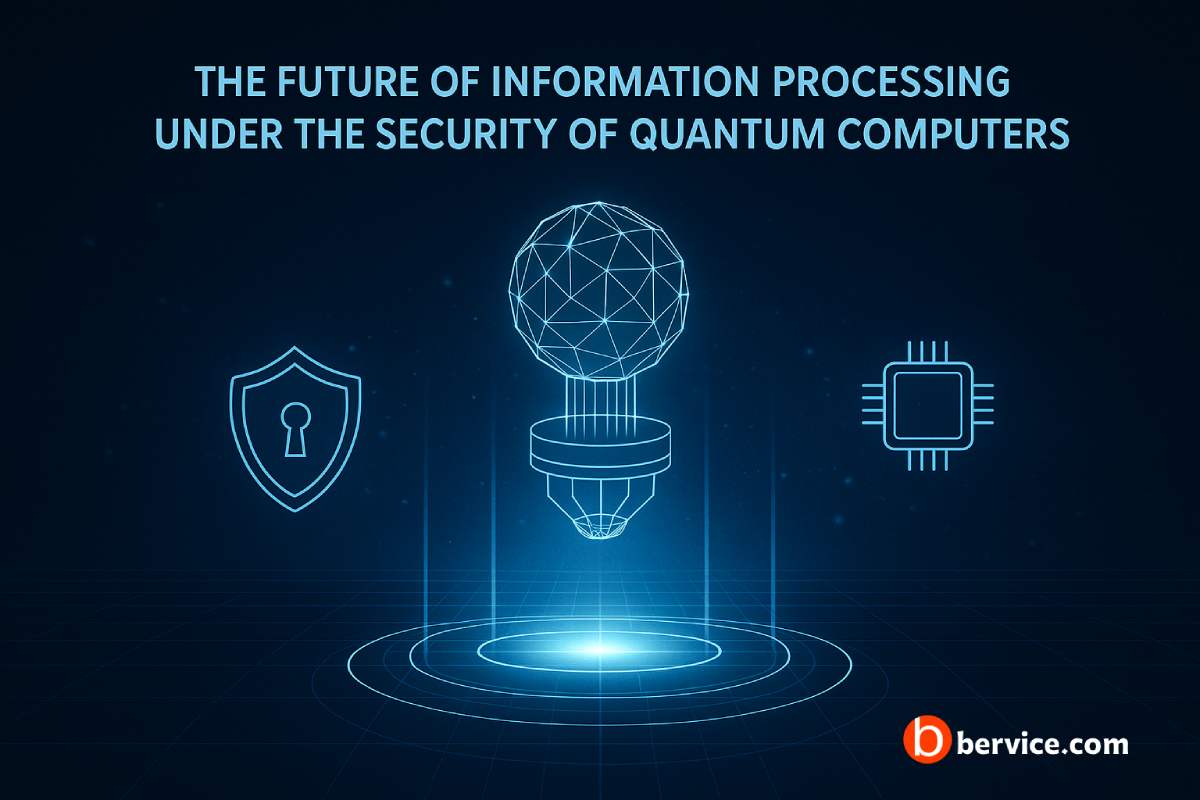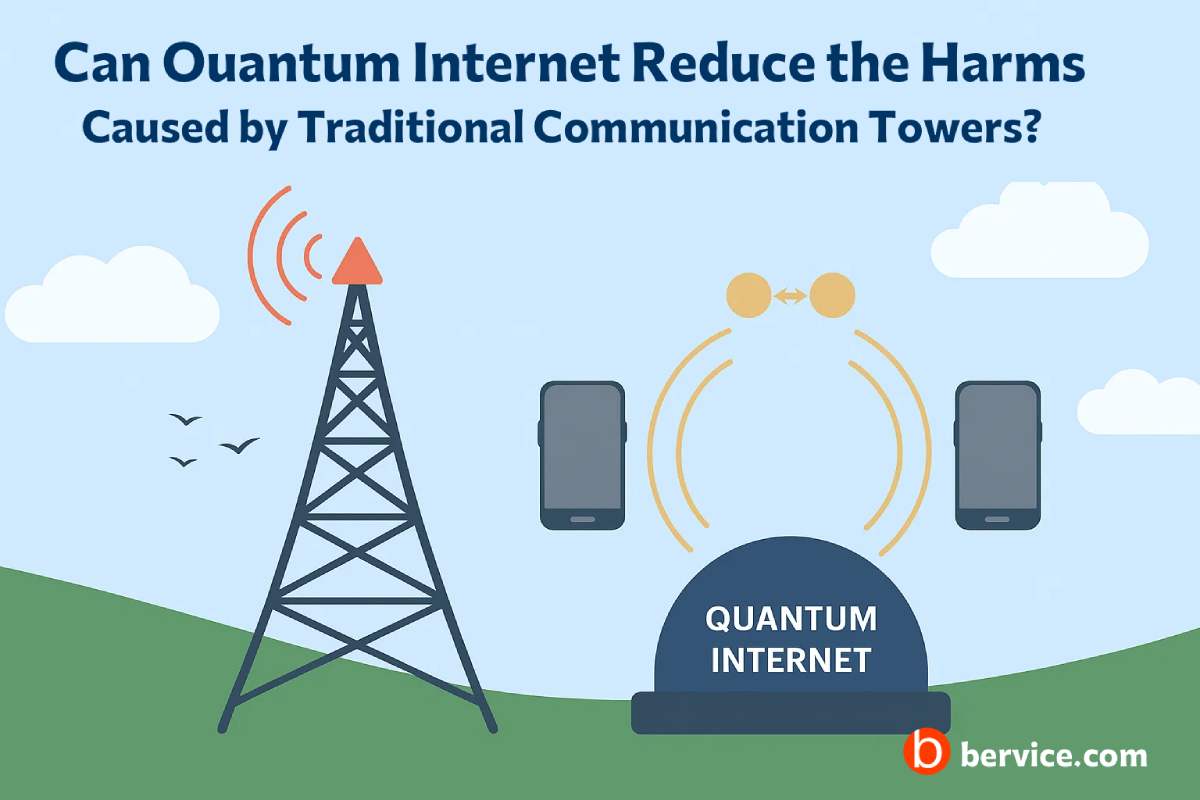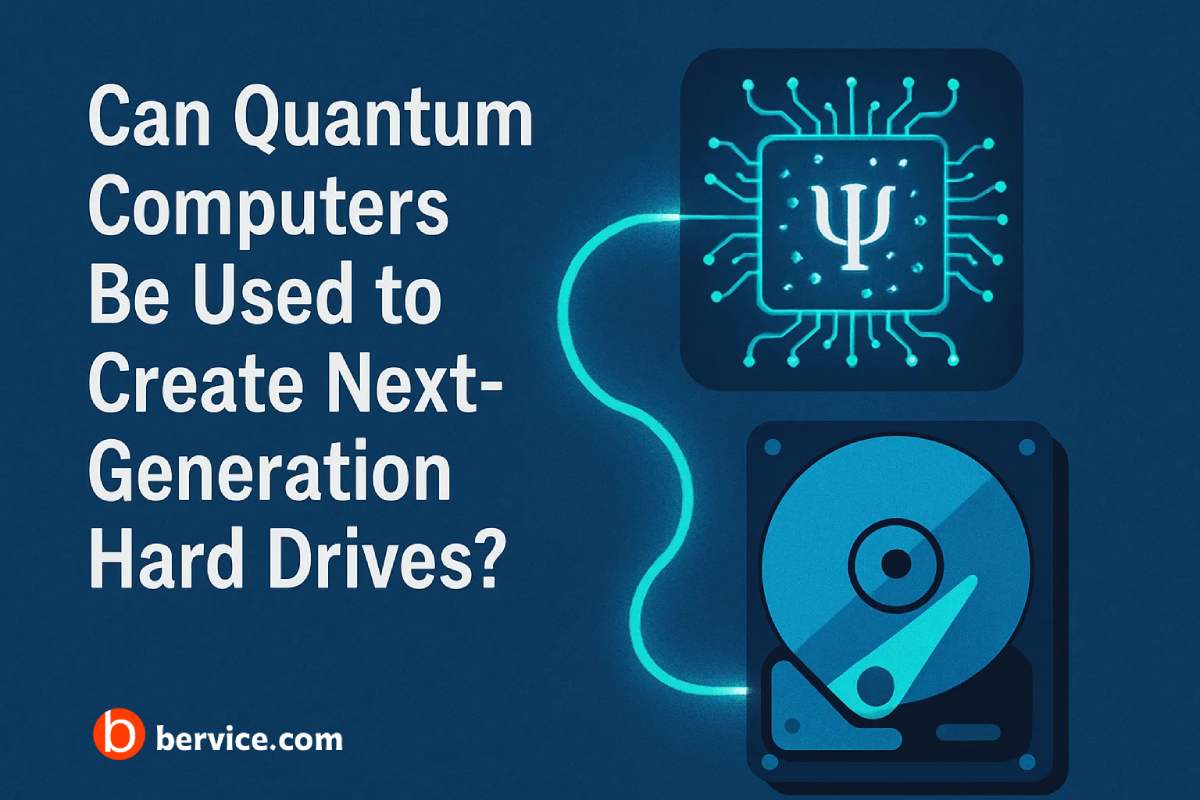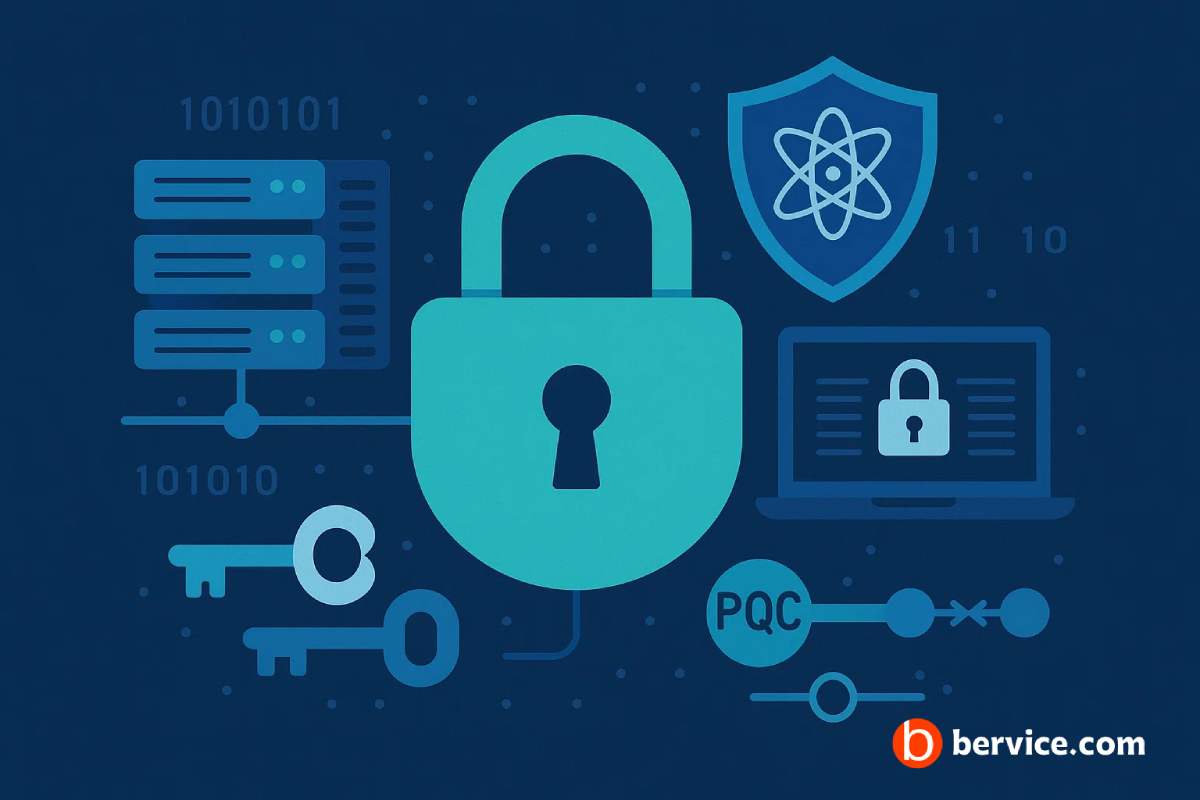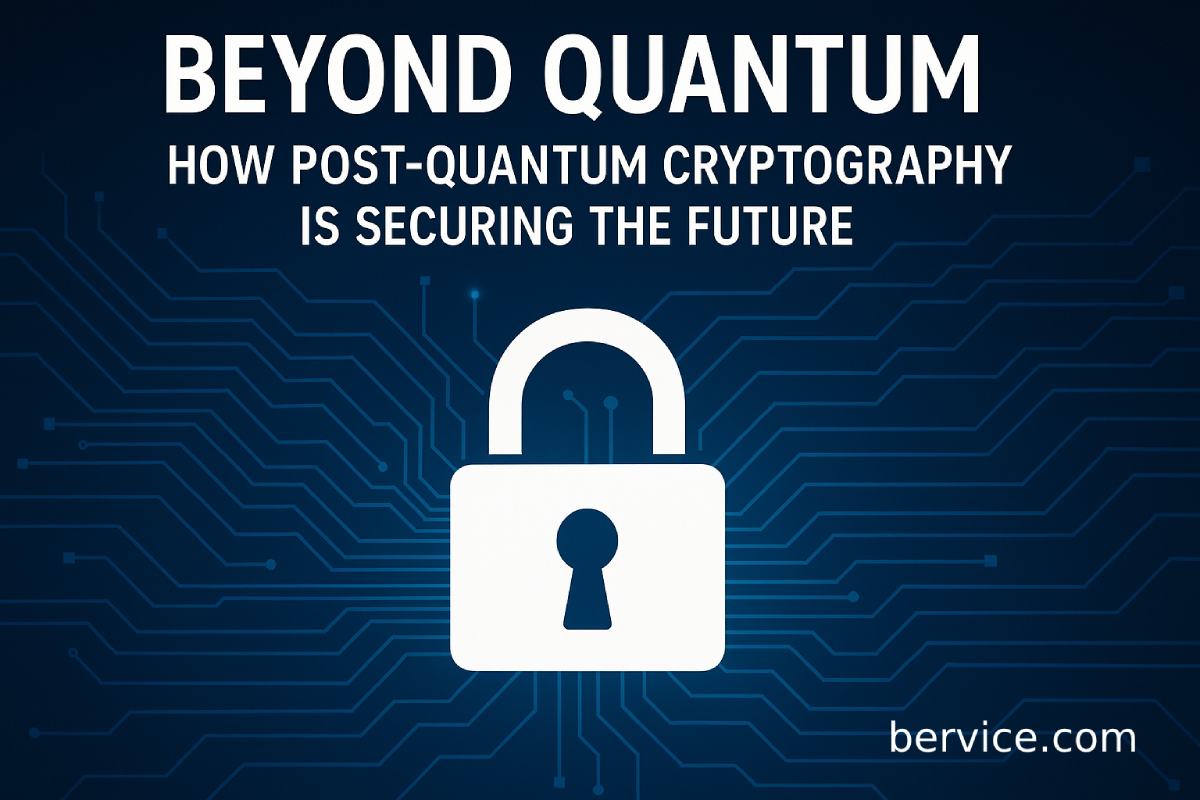
🔐 With the rise of quantum computing, traditional encryption may soon become obsolete. But there’s already a new generation of cryptography designed to withstand even quantum threats—welcome to the era of Post-Quantum Cryptography (PQC).
The Quantum Threat: Breaking the Unbreakable
Today’s internet security relies heavily on classical encryption algorithms such as RSA, AES, and elliptic-curve cryptography (ECC). These cryptographic schemes form the foundation of secure communication, financial transactions, and digital identity across the globe.
However, quantum computers—powered by quantum bits (qubits) and superposition—threaten to dismantle this foundation. Algorithms like Shor’s can factor large numbers exponentially faster than any classical method, rendering RSA and ECC vulnerable. Similarly, Grover’s algorithm could drastically reduce the security margin of symmetric algorithms like AES. What once took centuries to crack could be broken in mere hours or days with a sufficiently powerful quantum machine.
What is Post-Quantum Cryptography?
Post-Quantum Cryptography (PQC) refers to cryptographic algorithms designed to resist quantum attacks while remaining secure against classical ones. Unlike quantum cryptography (which uses quantum mechanics for secure communication), PQC works on classical computers but is built to resist quantum decryption attempts.
The most promising PQC schemes are based on hard mathematical problems that quantum computers struggle to solve efficiently—such as problems in lattice-based cryptography, hash-based signatures, code-based cryptography, and multivariate polynomial equations. These problems exhibit high computational complexity, even for quantum systems.
The NIST Standardization Effort
Recognizing the urgency of quantum threats, the U.S. National Institute of Standards and Technology (NIST) launched a global competition in 2016 to identify and standardize secure post-quantum algorithms. In July 2022, NIST announced its first group of winners:
- CRYSTALS-Kyber (for encryption/key encapsulation)
- CRYSTALS-Dilithium (for digital signatures)
- FALCON and SPHINCS+ (as alternative signature schemes)
These algorithms will become the future backbone of public-key infrastructure, ensuring that sensitive data—both present and future—remains secure even in a quantum era.
Why Act Now?
A critical challenge in cryptography is data longevity. Information encrypted today could be recorded and stored by adversaries, only to be decrypted once quantum computers become powerful enough—a concept known as “harvest now, decrypt later.”
This means that even if quantum computing is still years away from breaking current encryption, the time to migrate is now. Governments, banks, tech companies, and infrastructure providers must begin transitioning to post-quantum systems to prevent future breaches.
Building a Quantum-Resilient Digital World
Transitioning to PQC isn’t just a matter of changing an algorithm—it requires redesigning protocols, updating software libraries, and managing secure key exchanges in hybrid environments. Some industries have already begun pilot deployments, while cloud providers like Google and Amazon are experimenting with hybrid TLS connections using post-quantum algorithms.
Additionally, PQC will play a vital role in emerging sectors like blockchain, IoT, and secure AI infrastructures, where the integrity of data is critical over long periods.
Final Thoughts: Preparedness is Power
Quantum computing offers immense promise—but it also forces a reckoning with how we protect digital information. Post-Quantum Cryptography represents humanity’s proactive defense against a future where old assumptions about security no longer hold.
🔐 The future is quantum-secure—if we act today.
Connect with us : https://linktr.ee/bervice
